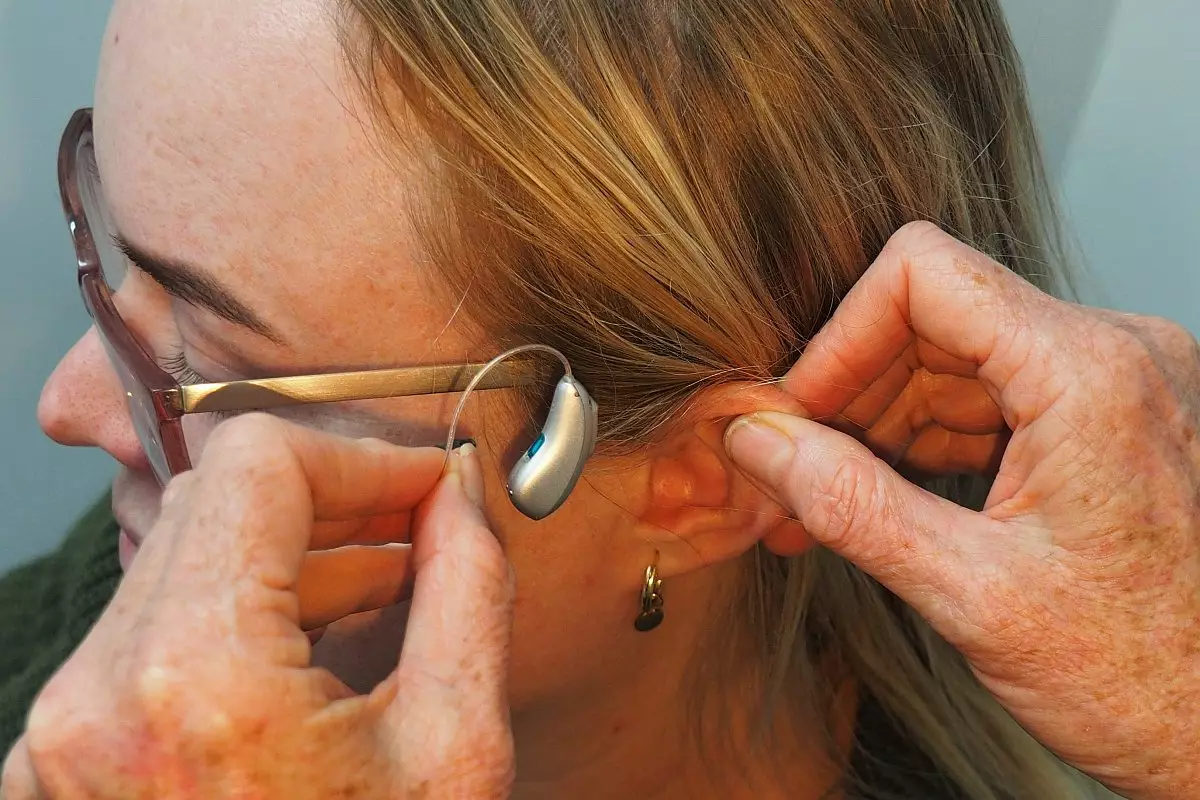In a significant move aimed at enhancing communication for millions of Americans, the Federal Communications Commission (FCC) has adopted new regulations mandating that all mobile phones sold in the United States be compatible with hearing aids. This decision directly relates to the growing concerns of the 48 million individuals grappling with hearing loss in the country. The newly established rules reflect an urgent societal need for greater accessibility and inclusion, recognizing that technology must serve everyone, particularly those with specific auditory challenges.
Effective immediately, the FCC has set a high standard for mobile phone manufacturers by requiring that “100 percent of all mobile handsets” sold in the U.S. comply with specified hearing aid compatibility benchmarks. This ruling underscores a dramatic shift from previous regulations, where only 85 percent of models were required to be compatible. By instituting this rule, the FCC emphasizes its commitment to ensuring that individuals who rely on hearing aids or cochlear implants have equal access to modern mobile technology.
However, the FCC has refrained from providing a specific timeline for smartphone manufacturers to comply fully with these new standards. While a transition period has been mentioned, manufacturers are left in a state of ambiguity regarding the deadline for compliance. This lack of urgency may raise concerns about how quickly companies will adapt to these necessary changes.
To implement these regulations, the FCC collaborated with the Hearing Aid Compatibility (HAC) Task Force, an independent organization consisting of experts from various sectors, including smartphone manufacturers, research institutions, and those affected by hearing loss. This collaborative approach exemplifies a constructive effort to bridge the gap between technology and accessibility. By engaging diverse stakeholders, the FCC ensures that the resulting mandates are not only feasible for manufacturers but also genuinely beneficial for the community of users needing enhanced auditory support.
Leading technology companies have already made strides toward compliance with hearing aid compatibility. For instance, all iPhones released from the iPhone 6 onward are confirmed to work with hearing aids, along with Google’s Pixel smartphone line. Notably, Samsung has also stated that a majority of its recent Galaxy models support hearing aid functionality. This proactive adaptation from major manufacturers illustrates a positive trend toward inclusivity, but the challenge remains for lesser-known brands or emerging companies to meet these rigorous standards.
The new rules go further than simply mandating compatibility — the FCC has introduced new Bluetooth coupling requirements to ensure improved connection and interoperability between mobile devices and hearing aids. This pivotal change discourages the use of proprietary standards, which have historically created barriers to accessibility. By broadening the scope of Bluetooth connectivity, the FCC is taking a significant step towards democratizing access to assistive technology.
A critical component of the new regulations is the requirement for manufacturers to provide comprehensive information about compatibility with hearing aids and compliance with the newly established standards. Consumers will be better equipped with knowledge about how their devices can accommodate their specific needs. This transparency fosters informed decision-making, allowing individuals who depend on hearing aids or cochlear implants to select mobile devices that suit their requirements.
Additionally, the FCC has stipulated that all new handsets must meet volume control benchmarks. This aspect is aimed at ensuring increased volume can be achieved without distortion, thereby enhancing call quality and overall user experience for both hearing aid users and those with cochlear implants.
The FCC’s ambitious new regulations represent a significant step forward in ensuring accessibility for millions of Americans with hearing impairments. The challenge moving forward will be tracking compliance across different manufacturers and ensuring that all devices truly adhere to these standards. As technology continues to evolve, it is imperative that inclusivity remains a priority, so that every individual can benefit from the communication advancements of the modern age. The success of this initiative will depend not only on regulatory enforcement but also on continued collaboration between industry leaders and advocacy groups that champion accessibility for all.

